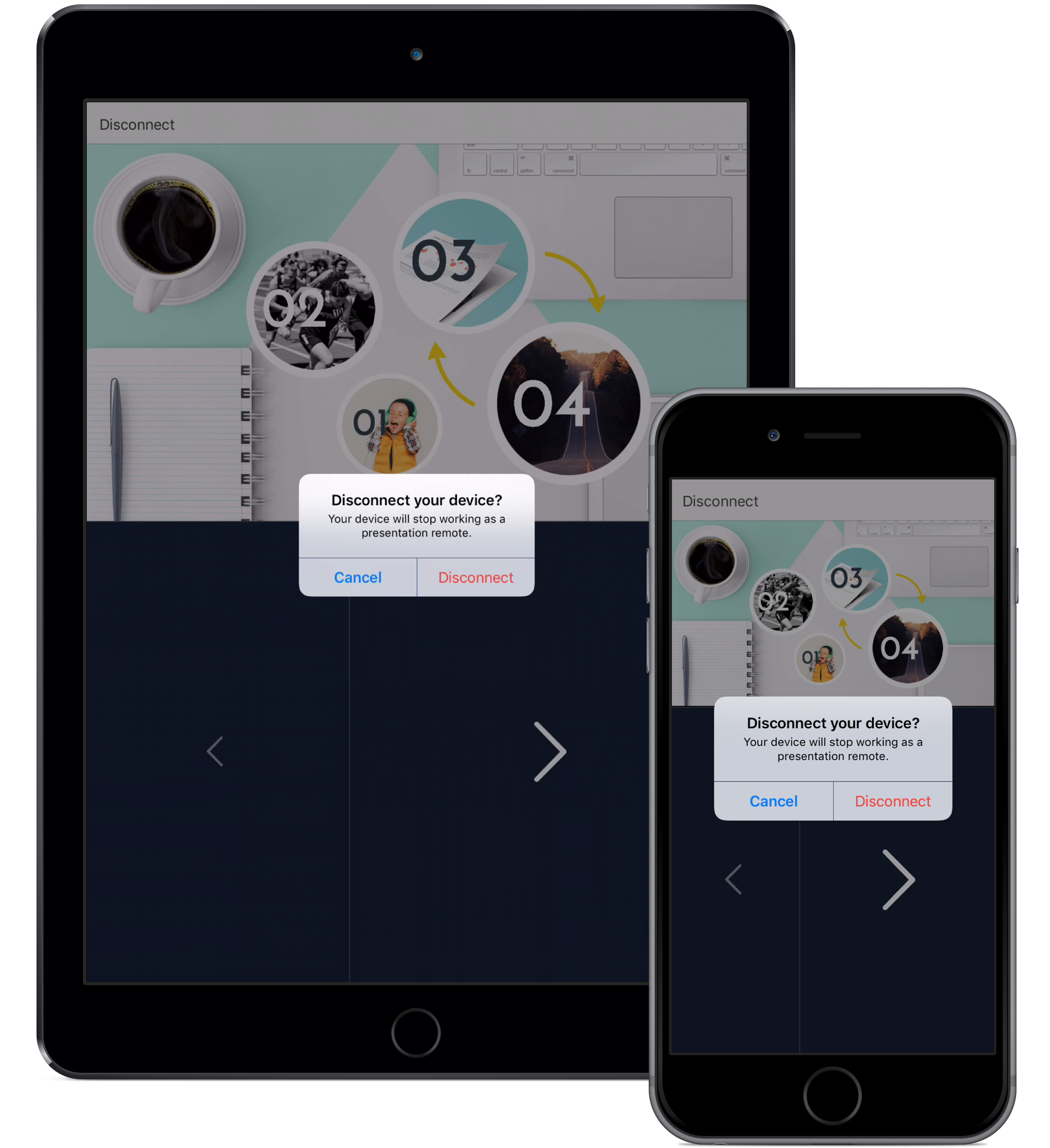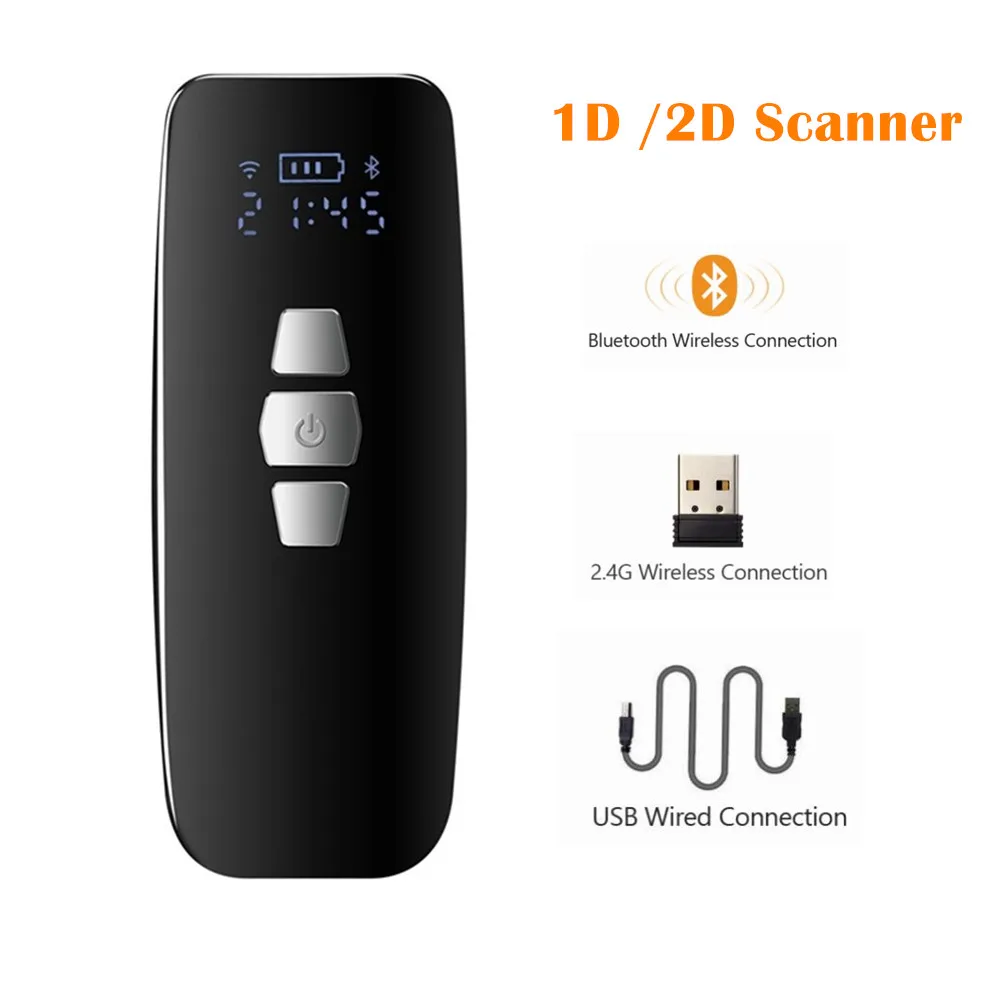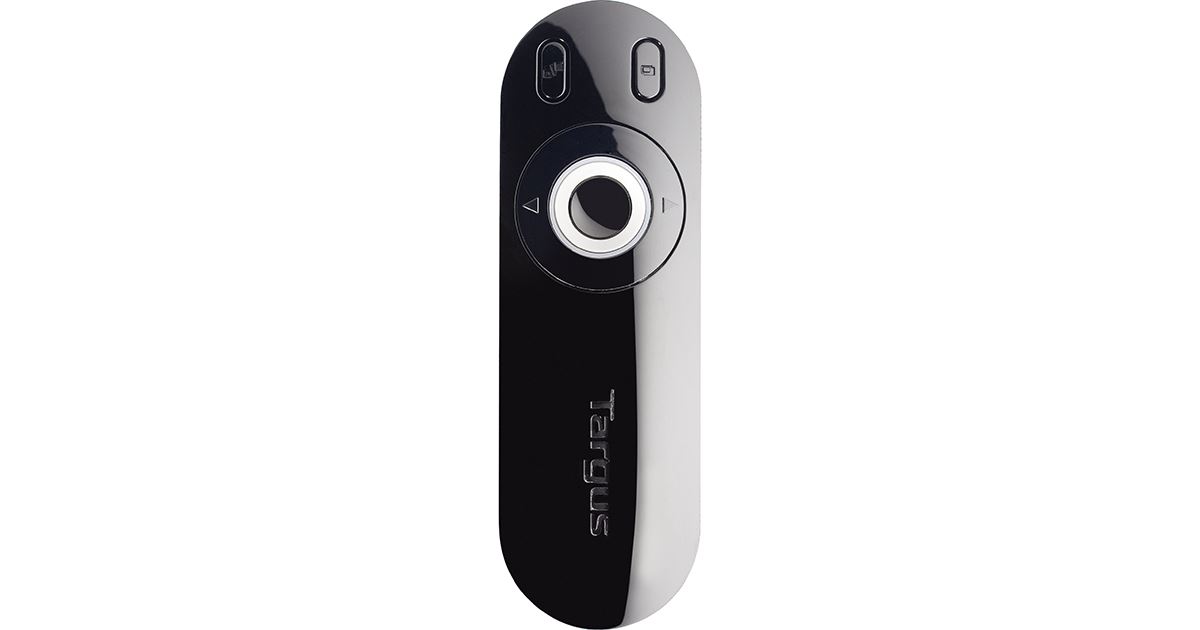

If you'd rather use a more conventional remote, the Satechi Smart Pointer may be worth a look. The bad news is that it still requires another iOS device which, as I mentioned elsewhere, can be a bit bulky. What does this all mean? The good news is that you can in fact remote control Keynote even without a WiFi connection. with a keyboard), which is done in the iOS Settings app. What's also confusing is that the pairing is done in Keynote, unlike normal Bluetooth pairing (e.g. On the other hand, the Remote setting in Keynote does mention both WiFi and Bluetooth. What's confusing, as mentioned above, is that when you start Keynote Remote with WiFi off, it even tells you that it needs a WLAN connection - no mention of Bluetooth. From the description of Keynote Remote on the AppStore: And if Wi-Fi becomes unavailable, Keynote Remote looks for a Bluetooth connection on your iPad, iPhone, or iPod touch. The trick in all this is that you need to disable the WiFi connection. (Actually, if you already have established a connection between the two devices over WLAN, you should be able to use it without any further setup once you've disabled WiFi and enabled Bluetooth.) You can now control the presentation from your iPhone or iPod Touch. Tap the "Link" button and enter the four-digit code.

Kudos to " Tulse", a user of Apple's discussion forums who posted detailed step-by-step instructions on how to set up a Bluetooth connection between an iPhone (or iPod Touch) and Keynote on the iPad.

Turns out I was wrong: It also works with a Bluetooth connection. When you're wrong, you should admit it: When looking at Keynote Remote, I claimed that the connection between the controlling device and the device being controlled was only possible via WLAN. The good news is that they fixed it again in iOS 5.1 As discussed in the comments below, Apple broke the Bluetooth connectivity between Keynote and Keynote Remote in iOS 5.0 and 5.0.1.


 0 kommentar(er)
0 kommentar(er)
